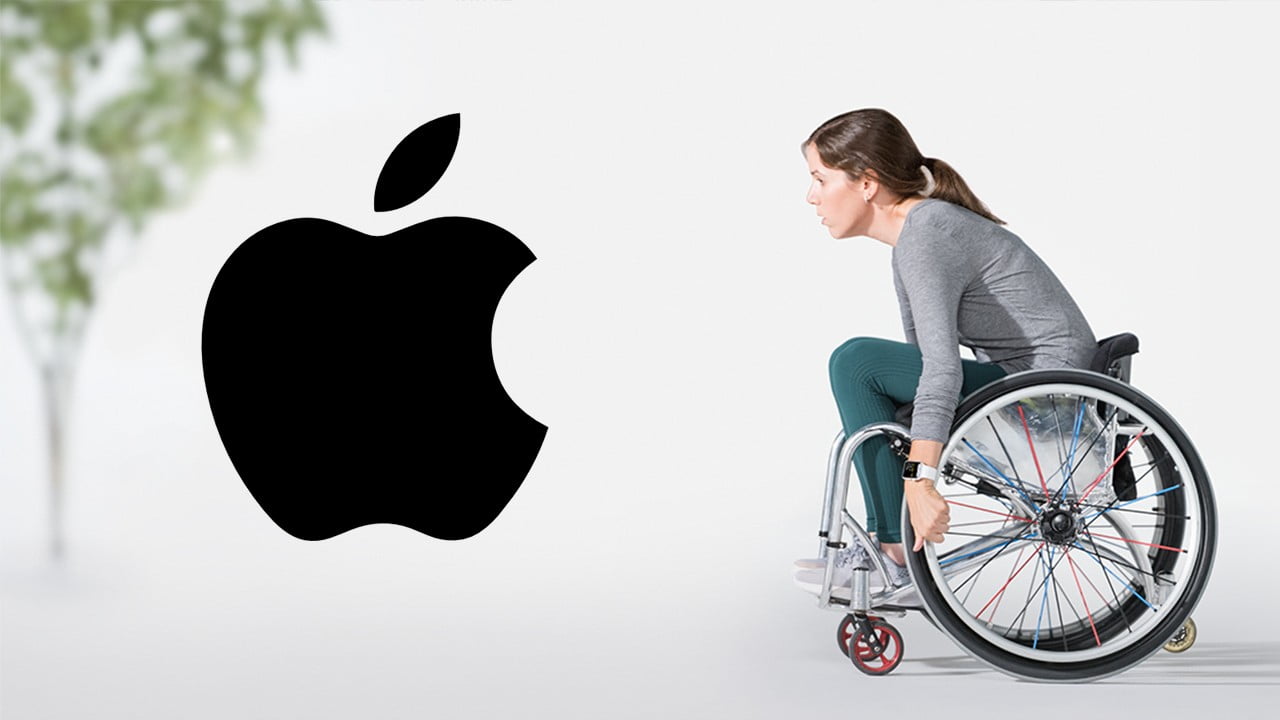Advertisements for the purpose of communication and disseminating information carry great opportunities for the representation of people from a myriad of communities. Yet, advertisements function on the sole objective of attracting a larger consumer base.
Advertisements are created for a specific purpose and cater to a particular target audience. Hence, the people in these commercials are also from a specific background, in order to generate a sense of relatability with the target audience. However, developments in societal narratives have also led to a transformation in the kind of commercials we view on television.
The way commercials are designed has undergone a sea change in the last few decades in India. With an immense emphasis on the accurate dissemination of information and an expansion in the number and manufacturing of products, the ultimate objective has always been consumer protection, at least in principle.
Given this background, ads were meant to be sources of information only. The ingenious brains of manufacturers led them to believe that the use of social messages would touch hearts and therefore, make emotional appeals to the audience. Hence, the product would sell better due to the dual message of initiating social change. A form of advertisements latching on to social messages was born.
Keeping in line with this, we saw Tanishq produce an ad wherein a widowed woman was shown to be getting remarried and the groom being accepting of a child from her previous marriage. As progressive as this message was, we still cannot fathom its relevance to a jewellery brand.
Similarly, a few months ago, I saw another attempt at a progressive advertisement by the jewellery brand Joyalukkas. This featured Kajol visiting a fan on her wedding and gifting her some jewellery. The bride to be in the video then appeared on screen – she was revealed to be a woman on a wheelchair.
people with disabilities and the disabled body have been viewed as incapable of being in marital unions.
People with disabilities are severely underrepresented in most media forums. In such a case, are ads such as those made by Joyalukkas a progressive step? One may argue that given how there’s no connection with the product being advertised, the ad is merely an attempt to make use of the disabled character to strike a chord with the viewers. I wish to view this as a silver lining.
A community that has so far been absent from the commercial advertisement space is now gaining some sort of space in a world dominated by so-called “normal” consumers. The reason why I believe this to be a progressive step, albeit a small one, is that people with disabilities and the disabled body have been viewed as incapable of being in marital unions.
This is true for people with mental and physical disabilities. Marriage as an institution has not been considered an option for people from this community. In this paradigm, I believe that the Joyalukkas ad is a step in the right direction. Irrespective of arguments of agency, one cannot deny that societal recognition and legitimacy are closely linked to one’s ability to participate in societal institutions.
In India, no societal institution is as important as that of marriage and family, particularly for women. Then, the message that one can inculcate from this advertisement is that people with disabilities are citizens and humans as well, who have so far been denied acceptance into institutions of marriage as legitimate participants. Such an advertisement would be a step forward in changing this narrative.
Also Read: So How Has Indian Cinema Portrayed Women With Disabilities?
It is important to understand that for the integration of people with disabilities into mainstream society, people from the disabled community have to occupy spaces that are meant for “normal” people. This is essential if we want to dissolve the stigma and otherization that people with disabilities have to battle.
Advertisements then become crucial platforms for the integration of the disabled into society. Two ideas substantiate this argument. First, the notion that the disabled community is as much a consumer as any member of the non-disabled lot would be disseminated if people with disabilities became a part of advertisements. Second, advertisements also form part of the world of glamour, which is another sphere wherein the disabled body is looked at as the ‘other’, the ‘deviant’ and the non-conforming body.
At present, the predominant ideology in society with regards to those from the disabled community is that of a parasitic body. People with disabilities are considered non-productive members of the community who do not contribute to the labour force. It is this assessment of people from the disabled community, which leads to them not being considered consumers.
people with disabilities have to occupy spaces that are meant for “normal” people.
Hence, they are not part of the target audience for manufacturers. Consequently, there is no need to let them be a part of ad spaces either. In this way, the alienation of this community from advertorial spaces and their non-recognition as normal consumers is complete.
The TV commercial industry also employs largely able-bodied, glamourized individuals to endorse their products. More often than not, celebrities in these ads have no legitimate connection whatsoever with the brands that they endorse. The situation is such that even while advertising products meant for people with disabilities (which is anyway a rarity) or campaigns for people in the community, the “normal” stars and celebrities are employed.
An example of this emerged in 2016 when Vogue in Brazil put out a campaign for Paralympics on their Instagram page. The models used were able-bodied persons and disabilities were added to the picture on Photoshop. It is such ideas of the “perfect body”, which not only isolate people with disabilities from these activities but also form the basis for practices such as body-shaming and the setting of artificial beauty standards.
Given that having a legitimate connection with the product that one is endorsing is not a requirement in the industry, I fail to come to terms with this systemic exclusion of people with disabilities from this sphere too. KFC India, in one of its advertisements in 2016, did portray a disabled man. I am not even going into the gendered nature of such choices because that is a different analysis altogether.
However, when the feminist movement in India discusses intersectional feminist ideas, this systemic exclusion of people with disabilities from spheres demarcated for the able-bodied individual also forms part of the equality narrative. If the objective is to assure equality based on all society-created markers, the disabled body is a marker that attracts discriminatory practices. It is, therefore, time for greater collaboration between the feminist movement and the disability rights movement in India.
Also Read: Why Is Media Coverage Of Violence Against Disabled Women Still Scant?
Featured Image Source: Sabay
About the author(s)
Yashvi is a corporate lawyer based out of Delhi.




